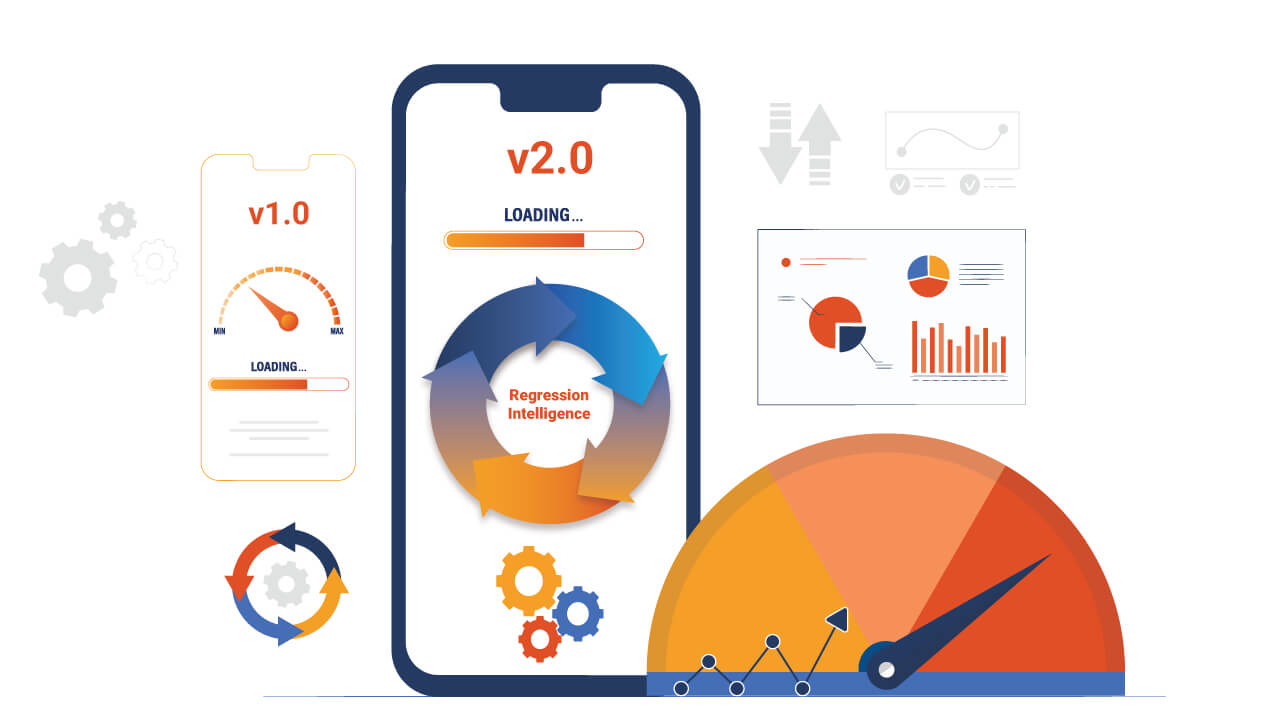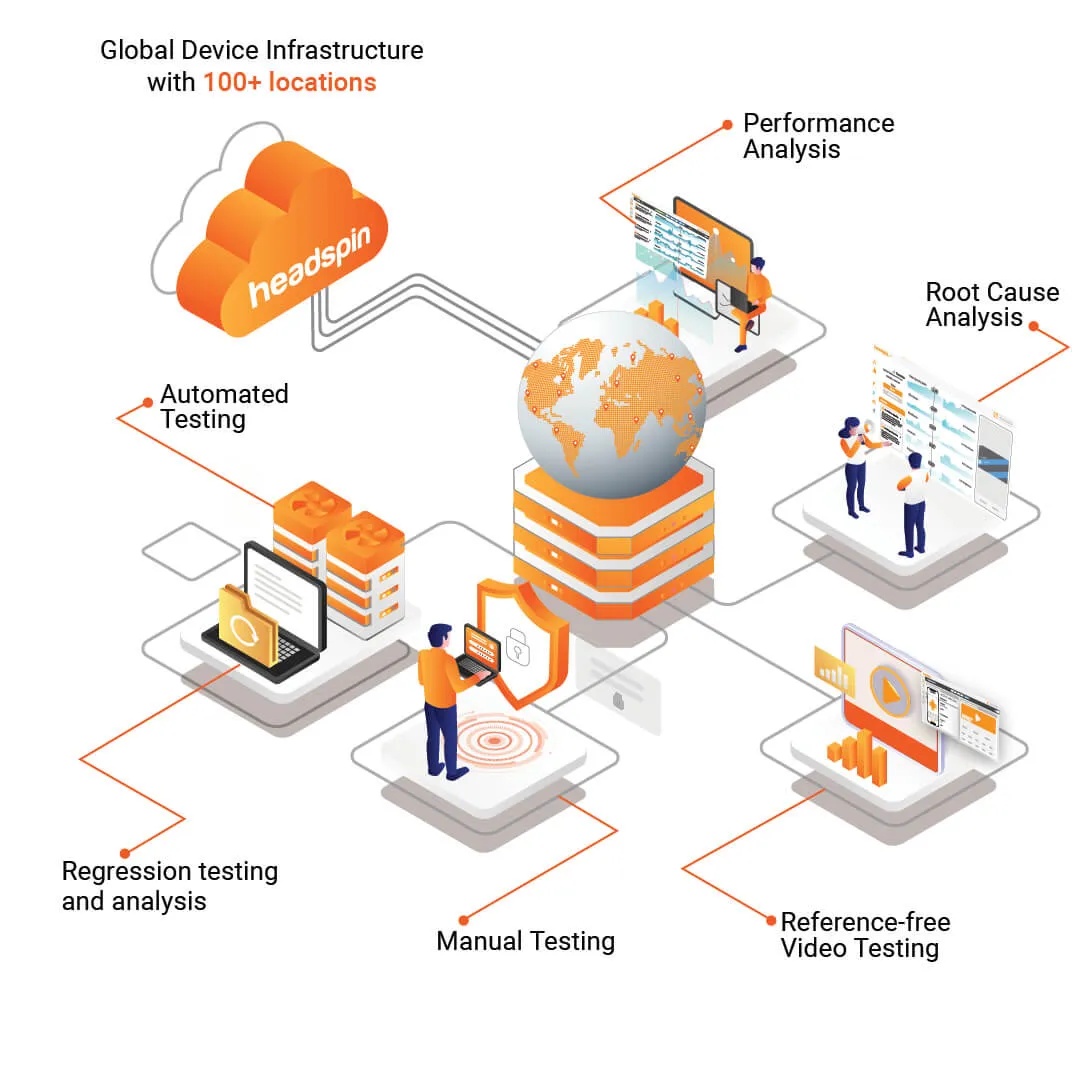Banking and Financial applications today serve a highly distributed user base, and a single app must deliver a consistent experience across multiple locations. This geographic diversity creates challenges for QA teams because banking apps depend on factors that change by regions such as rules and regulations and by city, such as mobile network quality, local carrier behavior, and the types of devices most used in that region.
To address this gap, testing needs to include real devices across multiple locations. This approach enables us to see how the app performs in real-world conditions, ensuring that customers everywhere receive a consistent, reliable experience.
Why Conventional Testing Methods Fall Short
The Limitations of Emulators and Simulators
While useful for early development, emulators and simulators cannot be trusted for comprehensive quality assurance.
- No Real Performance Indicators : Virtual devices often fail to accurately replicate the performance of physical CPUs, memory, and batteries. Critical hardware features, such as biometric sensors, cannot be adequately tested.
- No Real Networks: They cannot reproduce the actual latency, jitter, and packet loss that users experience on mobile networks in different cities.
- Miss Manufacturer-Specific Bugs: Emulators run a stock operating system. This misses bugs that only appear on customized OS versions, such as Samsung's One UI.
The Challenges of Building Your Own Device Lab
- High upfront cost. Setting up a lab means procuring a wide range of devices, accessories, and the racks or infrastructure to house them.
- Sourcing device diversity. Banks need coverage across different manufacturers, OS versions, and form factors. Acquiring and importing these devices, especially region-specific ones, is a complex and challenging process.
- Carrier and SIM logistics. To test banking features tied to mobile numbers and authentication flows, local SIM cards from multiple carriers must be procured, activated, and kept valid.
- Physical space and infrastructure. Racks, cabling, cooling, and secure storage are essential to ensure the devices operate safely.
- Access and security setup. In BFSI, strict controls are required. Teams must implement VPNs, restricted access zones, and audit mechanisms before any testing can even begin.
- Initial configuration overhead. Each device must be enrolled, connected, and integrated with automation frameworks. So, getting the lab production-ready is time-intensive.
How Real-Device Testing Helps in Delivering a Reliable Banking App Experience
Addressing the challenges of testing a modern banking app requires a different approach than building an in-house lab.
Real device testing platforms provide access to a large inventory of real, physical mobile devices housed in data centers in various locations around the world, ready for your team to use instantly.
Core Capabilities of Platforms That Use Real Devices for Testing
These platforms are designed specifically to solve the problems of remote testing and provide the following essential functions:
- Select Devices by Physical Location: Your team can choose a device based on its model, OS version, and location. For example, you can run a test on a specific Samsung model physically located in London or a Xiaomi device in Bengaluru, connected to a local carrier.
- Test Under Realistic Conditions: While the device and its network are real, you can test for specific scenarios by controlling the network connection to see how your app handles a transaction during unexpected network slowdowns or instability.
- Integrate with Automation Frameworks: These platforms integrate with standard automation tools, such as Appium, Espresso, and XCUITest. This enables you to run your existing automated test scripts on hundreds of devices worldwide without modifying your workflow.
- Functional Validation: Validate complete banking workflows, including user authentication, transaction notifications, SMS alerts, fund transfers, and online payments. This also includes testing exceptional cases, such as failed services or timeouts, to ensure the app displays accurate error messages and handles issues promptly.
- Measure Key Performance Indicators (KPIs): Collect detailed performance data during each automated test. This includes crucial banking metrics, such as application start-up time, two-factor authentication (2FA) flows, and bill payments, among others.
- Support flexible deployment models: Depending on data security and internal policy needs, banks can test on shared cloud devices, dedicated private devices, or even air-gapped on-premise setups.
Deliver reliable banking apps with real-device testing from HeadSpin. Connect With Experts!
FAQs
Q1. What challenges do in-house device labs face?
Ans: Labs are tied to one city, require significant cost to build and maintain, and cannot reflect live network or location conditions in other cities.
Q2. How do cloud-based device platforms help BFSI testing?
Ans: They provide remote access to physical devices located in multiple cities, allowing teams to validate authentication, transactions, and location-based features on live carrier networks.
Q3. Why is city-level testing important for BFSI applications?
Ans: Performance issues in financial apps often appear only under local conditions. Testing on real devices across cities reduces blind spots and protects customer trust.
Q4. How does HeadSpin support automation workflows?
Ans: HeadSpin integrates with standard frameworks, such as Appium, Espresso, and XCUITest, allowing teams to run existing scripts on physical devices connected to networks in different cities.



























.png)











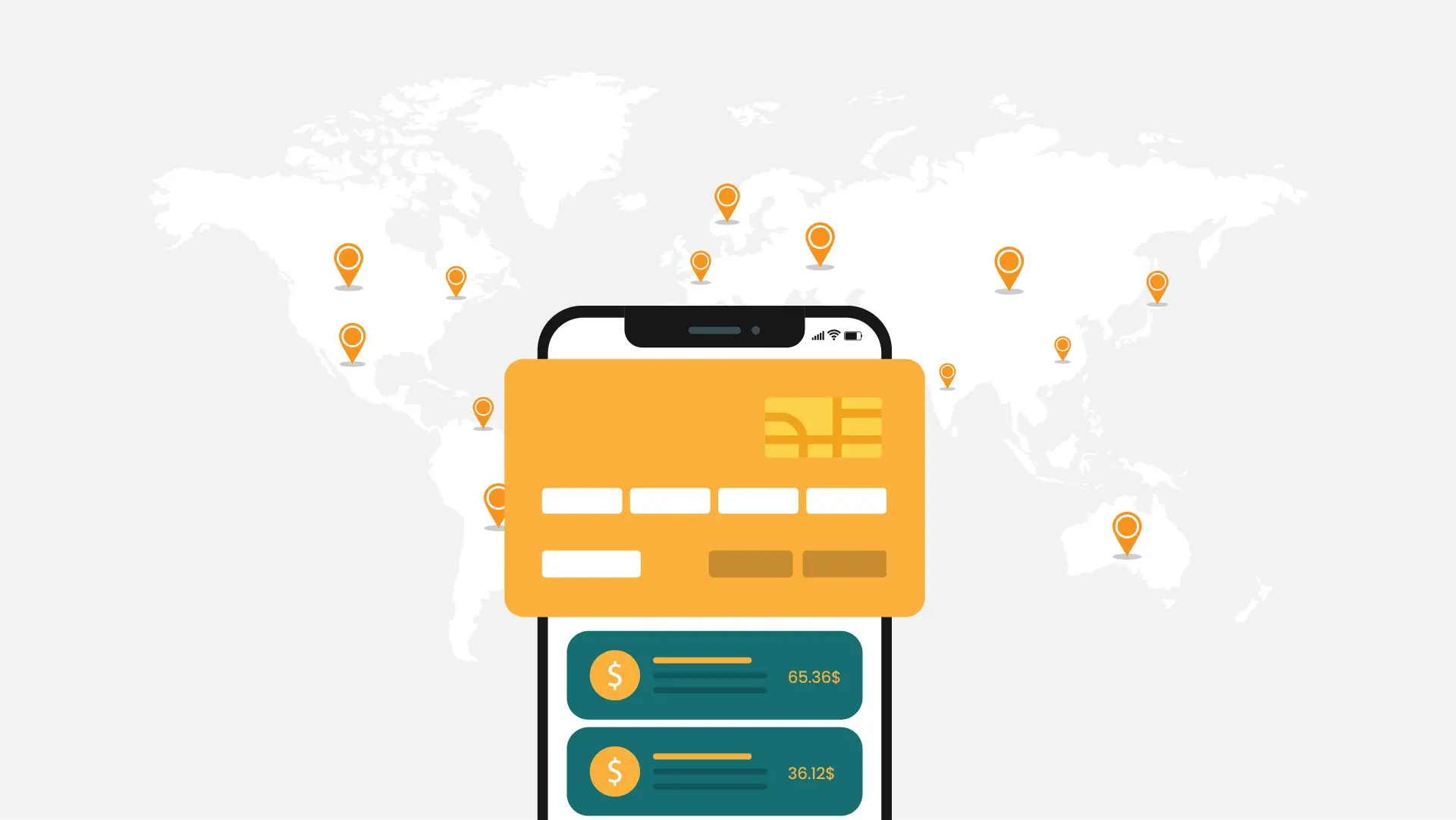



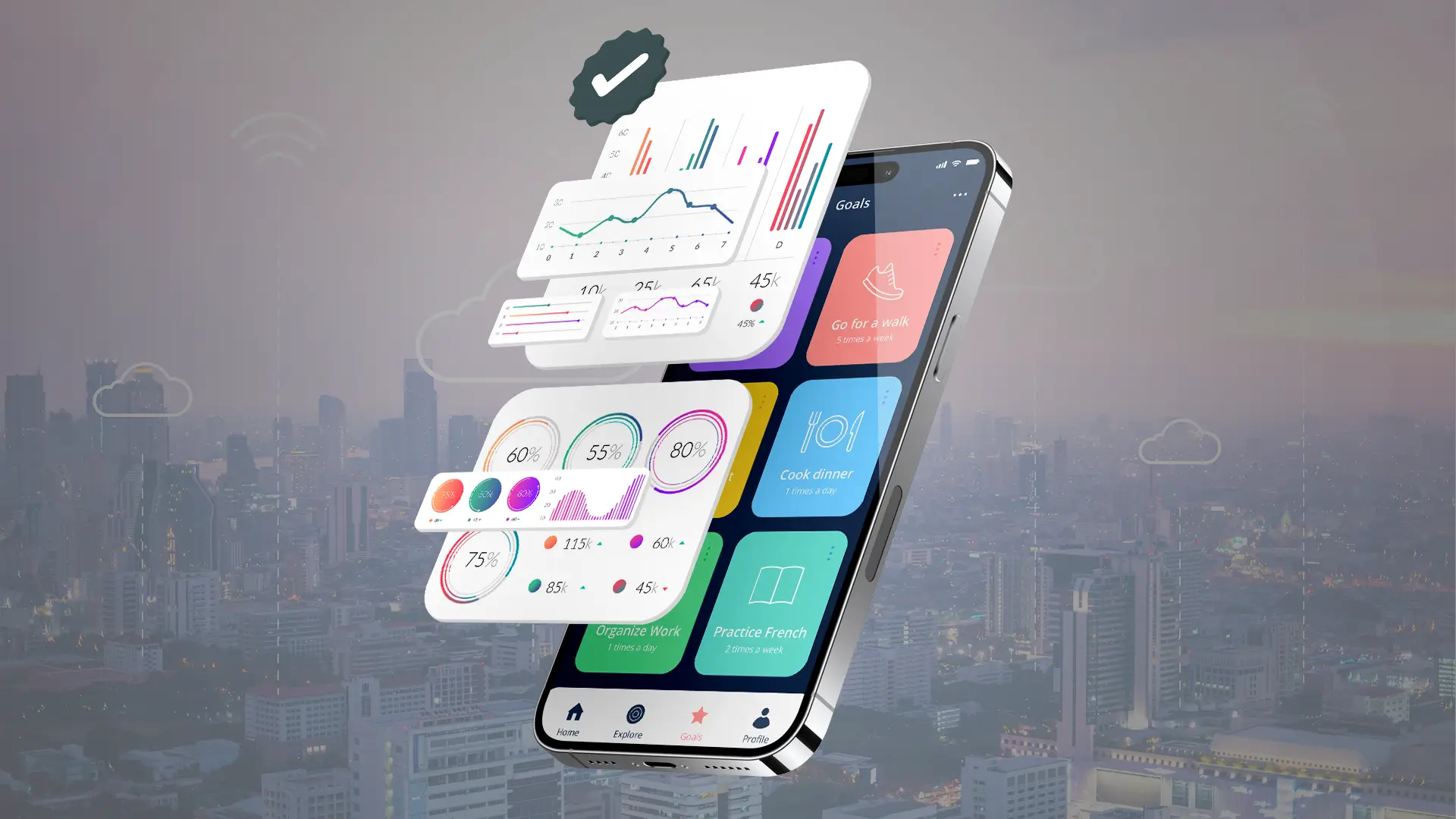
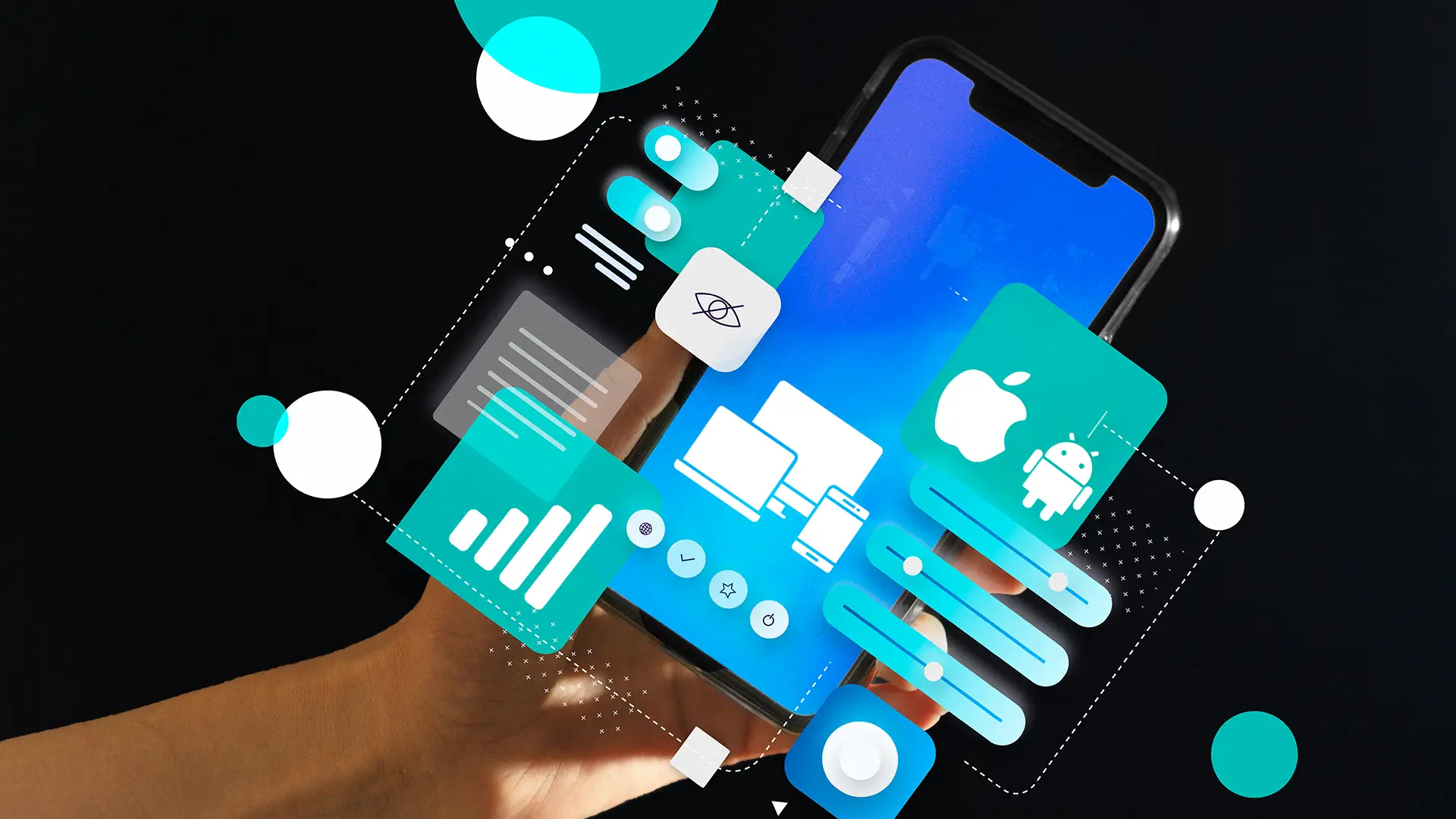

-1280X720-Final-2.jpg)

